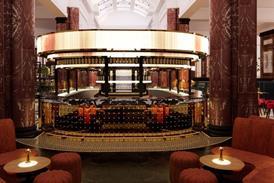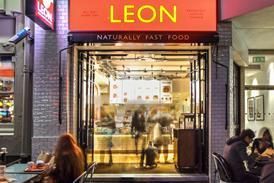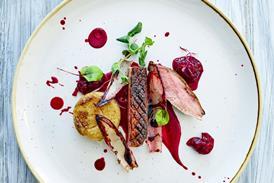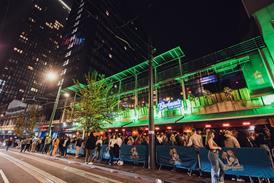Check out in sight

Despite full-year losses of c£25m, the Tesco-backed Harris + Hoole has experienced improving fortunes over the last eight months as the retailer has looked to stabilise the coffee chain it launched as a joint venture in 2012
Already have an account? Sign in






























